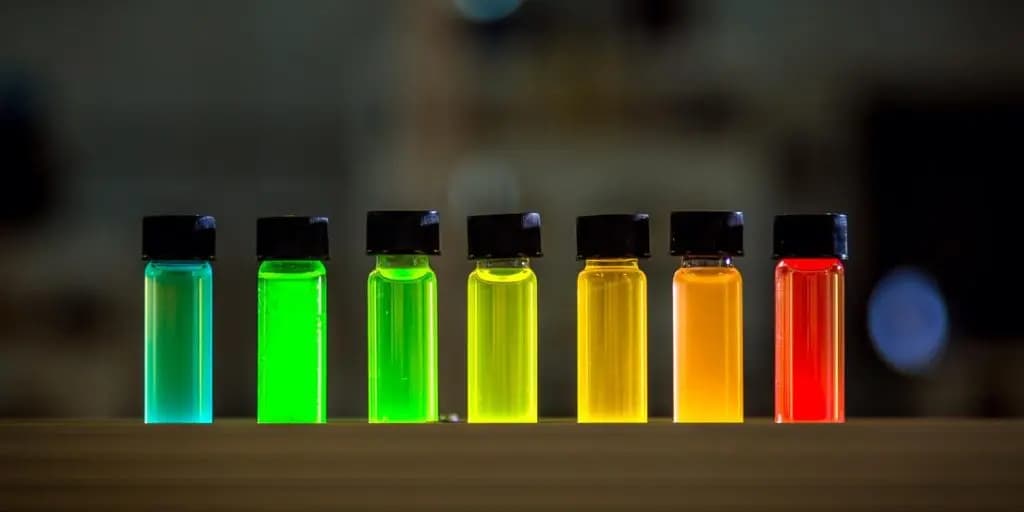Scientists at Princeton University have made a groundbreaking discovery by visualizing a Wigner crystal for the first time, providing direct evidence of a unique form of matter comprised solely of electrons. This achievement, detailed in Nature, validates a theory from the 1930s suggesting that electrons can organize into a crystalline structure without surrounding atoms. The research holds promise for uncovering new quantum matter states driven by collective electron behavior.
When you think of a crystal, you typically think of an attraction between atoms as a stabilizing force, but this crystal forms purely because of the repulsion between electrons,
Ali Yazdani, a leading physicist at Princeton, emphasized the significance of directly observing the Wigner crystal, enabling a deeper understanding of its properties and formation. The concept, originally proposed by Eugene Wigner, a Nobel laureate, and Princeton physicist, suggested that electrons could form a lattice due to their mutual repulsion under specific conditions, such as low density and extremely cold temperatures.
For years, the existence of Wigner crystals remained theoretical until experiments in the 1970s at Bell Laboratories hinted at their possibility by observing electron behavior on helium surfaces. However, these early experiments didn’t capture the quantum nature of a true Wigner crystal, where electrons would behave more like a collective wave rather than individual particles.
Advancements in the 1980s and 1990s, particularly in confining electron movement within atomically thin layers and applying magnetic fields, led to further speculation about quantum Wigner crystals. Yet, direct observation remained elusive, often clouded by experimental imperfections or misinterpretations.
Yazdani’s team sought to overcome these challenges using a scanning tunneling microscope and graphene, known for its exceptional purity and conducive properties for quantum experiments. By carefully preparing bilayer graphene and manipulating electron density under extreme conditions, they successfully visualized the electron crystal.
The researchers observed that by adjusting electron density, they could induce a phase transition, transforming disordered electrons into an ordered, lattice structure. This structure, they found, was triangular and exhibited remarkable stability across a wide density range, challenging previous assumptions about the crystal’s nature.
Moreover, the visualization revealed a “blurriness” in the electron positions within the lattice, attributed to quantum “zero-point” motion, suggesting a novel quantum state of the Wigner crystal. This discovery not only confirms the existence of Wigner crystals but also opens up new avenues for exploring quantum materials and phenomena.
The original research article can be accessed at the Nature journal:
“Direct observation of a magnetic field-induced Wigner crystal,” by Yen-Chen Tsui, Minhao He, Yuwen Hu, Ethan Lake, Taige Wang, Kenji Watanabe, Takashi Taniguchi, Michael P. Zaletel, and Ali Yazdani, published April 11, 2024.
Image: An image of a triangular Wigner crystal taken by scanning tunneling microscope. Researchers have unveiled an elusive crystal that is formed purely from the repulsive nature of electrons. Each site (blue circular region) contains a single localized electron. Image by Yen-Chen Tsui and team, Princeton University
The original media coverage can be accessed at Princeton Research News.













Responses (0 )